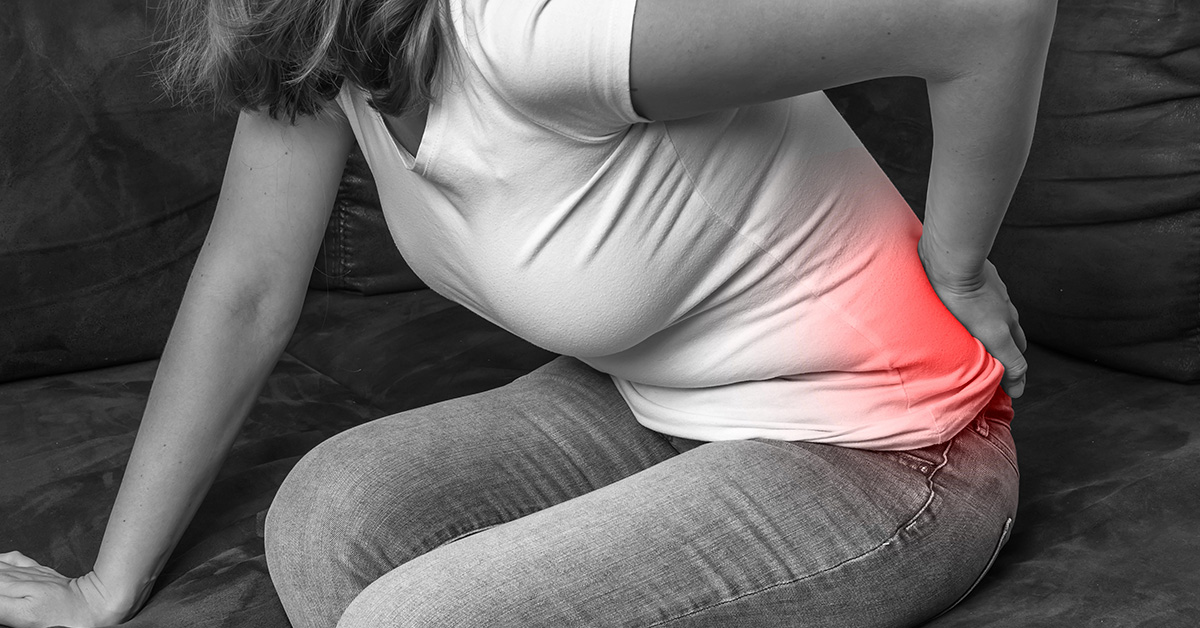 ]]
]]What is the Best Sitting Position for Hip Pain?
Sitting for extended periods can exacerbate hip pain, especially if you maintain a poor posture. Understanding the best sitting position for hip pain can help alleviate discomfort and prevent further issues. Here, we explore optimal sitting positions, ergonomic adjustments, and additional tips to reduce hip pain while sitting.
Optimal Sitting Position for Hip Pain
The best sitting position for hip pain involves maintaining a neutral spine, with your back straight and shoulders relaxed. Ensure your spine is not slouched or overly arched. Keeping your feet flat on the floor or on a footrest helps distribute your weight evenly and reduces strain on the hips. Your knees should be at the same level as or slightly below your hips to maintain the natural curve of your lower back and reduce pressure on the hips.
Using a supportive chair with good lumbar support is essential. If your chair doesn’t provide enough support, use a small pillow or lumbar roll to maintain the natural curve of your lower back. Sit back in your chair so that your back is fully supported by the backrest, ensuring there’s a small gap between the back of your knees and the seat edge to promote circulation. Additionally, avoid crossing your legs, as this can misalign your hips and spine, leading to increased hip pain.
Ergonomic Adjustments and Additional Tips
-
Workspace Adjustments:
Ensure your computer screen is at eye level to avoid straining your neck and back. Keep frequently used items within easy reach to prevent twisting or bending excessively.
-
Take Regular Breaks:
Taking regular breaks to stand, stretch, and move around is crucial. Sitting for long periods can cause stiffness and exacerbate hip pain. Incorporate gentle stretching exercises for your hips and lower back to maintain flexibility and reduce discomfort.
-
Use a Standing Desk:
Using a standing desk or alternating between sitting and standing can also help. This variation in posture reduces the strain on your hips and encourages better overall posture.
Conclusion
Finding the best sitting position for hip pain involves maintaining a neutral spine, keeping your feet flat on the floor, and using a supportive chair. Ergonomic adjustments and regular breaks to move and stretch are essential for preventing and alleviating hip pain. By adopting these practices, you can reduce discomfort and improve your overall sitting posture, promoting better hip health.

